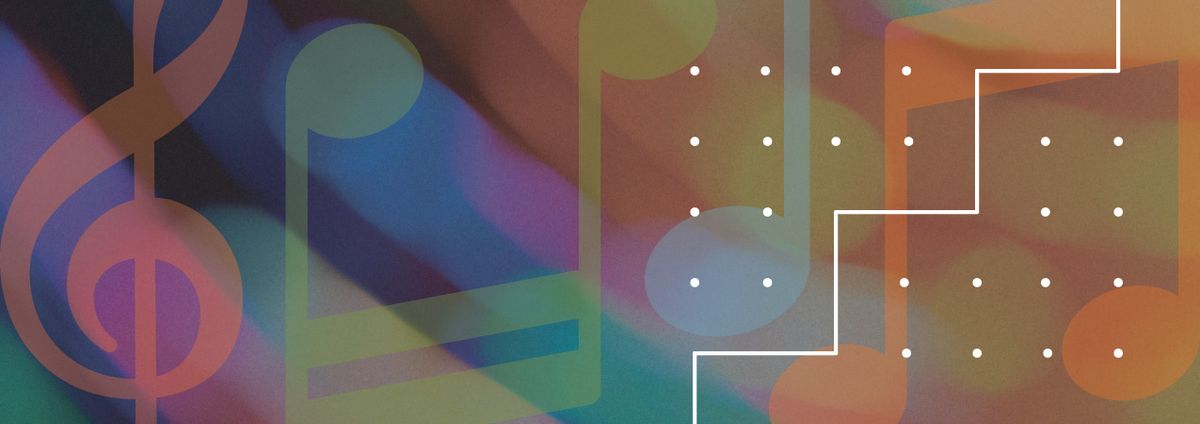Final Points and Next Steps for MBIs

Music-based interventions (MBIs) have the potential to influence patient-relevant target outcomes, such as manage symptoms, slow disease progression, rehabilitate, and improve quality of life in many disease conditions across the lifespan. A critical step toward incorporating MBIs into U.S. health care systems is the dissemination and implementation of the National Institutes of Health MBI Toolkit’s guiding principles for large-scale, rigorous, and replicable evidence-based research.
Take-Home Messages
- The time is right to bring together music therapy, music medicine and neuroscience in new and synergistic ways—exciting new tools for monitoring the brain in action are being developed, and, through the Sound Health initiative, NIH is supporting research to pinpoint how music therapy and other music-based interventions work.
- Preliminary evidence of the beneficial effects of MBIs is mostly limited to anecdotal evidence or small-scale clinical trials, creating a stumbling block in the practical advancement of developing and testing interventions that can be low cost, mostly devoid of side effects, scalable in health care systems, and generally well accepted by patients.
- NIH is committed to developing standards and tools that can be applied to MBI studies. To achieve this goal, NIH has gathered input from interdisciplinary expert panels comprised of neuroscientists, music therapy and music medicine professionals, behavioral intervention researchers, clinical trial methodologists, and patient advocacy and arts-based organization representatives to create the NIH MBI Toolkit for research on music and health across the lifespan.
- The NIH MBI Toolkit provides investigators with broad guidelines and recommendations on a consolidated set of common data elements for MBI protocols and a core dataset of functional outcome measures and biomarkers that they can use in their specific studies (in this toolkit we focused on brain disorders of aging as a model system).
- It is critical that MBI investigators align their specific MBI studies to the NIH 2016 Rigor and Reproducibility Policy. Moreover, NIH strongly encourages U.S. investigators submitting MBI studies for NIH funding consideration to incorporate the guiding principles and implementation considerations of the NIH MBI Toolkit (as outlined in this toolkit) and to abide by the specific review criteria for NIH-funded MBI studies.
Development of the NIH MBI Toolkit has highlighted the utility of various technological advances in behavioral measurement that are enabling more rigorous and robust measurements to be obtained. Among these advances are the Item Response Theory (IRT)[55] and computer adaptive testing (CAT),[56] which are at the core of both the Patient-Reported Outcomes Measurement Information System (PROMIS®) and the NIH Toolbox®.[57–60] These systems are relevant across conditions, and were developed and evaluated using state-of-the-science psychometric methods. The NIH Toolbox®, which has more than 100 standalone measures including many cognition measures, is particularly useful.[59] Aspects of the NIH Toolbox® and PROMIS® can complement the NIH MBI Toolkit and are freely available, although technology fees are required when tests are administered digitally.
Other advances include Ecological Momentary Assessment (EMA), which involves intensive sampling over time, often obtained via smartphones or text messaging (rather than retrospective self-report)[61] and passive sensor technologies (e.g., smartphones, wearable sensors, home-based sensors).[62] EMA can also leverage advances in neuroscientific tools, which provide very dynamic and detailed pictures of neurocircuitry and how it changes over time.[63]
In addition, the Biomarkers, EndpointS, and other Tools (BEST) Resource glossary,[64] developed by the U.S. Food and Drug Administration and NIH, clarifies terminology and uses of biomarkers and endpoints as they pertain to progression from basic biomedical research to medical product development to clinical care. This resource creates unique opportunities for novel biomarker development specific to the music and health field. For example, auditory biomarkers derived from an EEG and the auditory Frequency Following Response (FFR) could be used to screen or stratify cohorts in an MBI study.[65, 66] Other useful tools and measures include psychometrically sound and validated measures of music engagement, flow, creativity, and joy. Digital measures of facial expressions and movement, as well as innovative personalized music delivery systems, would further enhance the ecological validity of MBI protocols.
Finally, the NIH foresees potential research opportunities for future modification and updating of the NIH MBI Toolkit relevant to various diseases and conditions across the lifespan. The research community is strongly encouraged to take advantage of this Toolkit to help improve the rigor and replicability of MBIs.